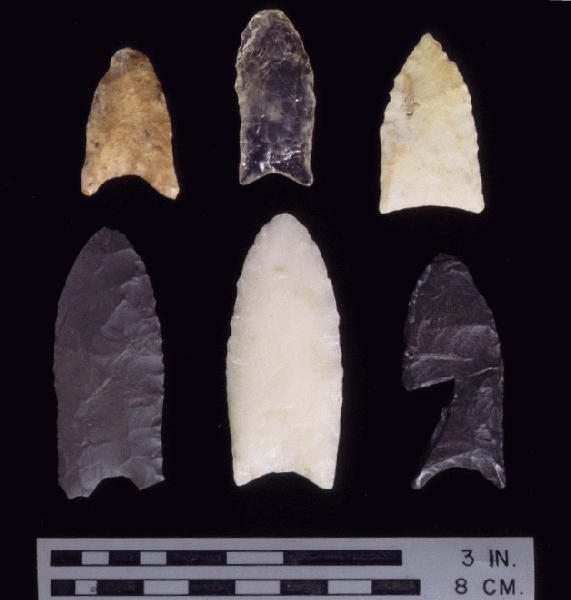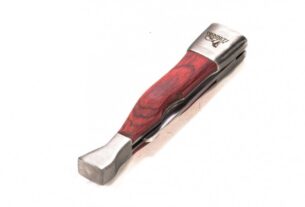Native American scraping tools have a rich history that dates back centuries. These tools were an integral part of the daily life of indigenous tribes, and they played a crucial role in various aspects of their culture. In this article, we will explore the history, uses, and significance of these tools.
History of Native American Scraping Tools
Native American scraping tools have been used for thousands of years by various tribes across the Americas. These tools were primarily made from natural materials such as bone, antler, and stone. The use of these materials made the scrapers durable and efficient.
The design of the scrapers varied depending on their intended use. For example, some scrapers were designed for processing animal hides while others were used for woodworking or carving. The shape and size of the scraper depended on its intended use and the materials available to make it.
Uses of Native American Scraping Tools
Native American scraping tools had many uses in traditional indigenous societies. One of their primary uses was in processing animal hides. The scraping tool was used to remove any remaining flesh or fat from the hide after it had been skinned. This process was important because it prevented the hide from rotting or developing a foul odor.
Scraping tools were also used in woodworking and carving. Native Americans used them to shape wood into various objects such as bowls, spoons, and arrowheads. They were also used to carve intricate designs onto wooden objects.
In addition to these practical uses, scraping tools had significant cultural significance in Native American society. They were often decorated with intricate designs or symbols that represented tribal beliefs and values.
Significance of Native American Scraping Tools
Native American scraping tools played a vital role in indigenous society. They were not just practical tools but also carried cultural significance. The use of natural materials in their construction reflected a deep respect for the environment and a connection to the natural world.
These tools were often passed down from generation to generation, and their use was taught to young people as part of their education. This ensured the continued use and preservation of traditional scraping techniques in Native American culture.
In addition to their practical uses, scraping tools played a role in spiritual and ceremonial practices. They were often used in rituals that celebrated important events such as harvests or births. The intricate designs on the scrapers also had symbolic meaning, representing tribal beliefs and values.
Conclusion
Native American scraping tools have a rich history and cultural significance that cannot be overlooked. These tools were not just practical but also carried spiritual and ceremonial importance in indigenous society. Their use reflected a deep respect for the environment and a connection to the natural world.
If you are interested in learning more about Native American scraping tools, there are many resources available online and at museums across the country. By exploring these resources, you can gain a deeper understanding of the importance of these tools in Native American culture.
References:
1. https://www.native-languages.org/tools.htm
2. https://www.history.com/topics/native-american-history/native-american-tools-and-weapons
3. https://www.nps.gov/articles/weapons-of-the-native-americans.htm




